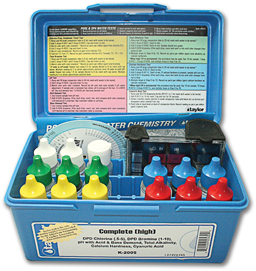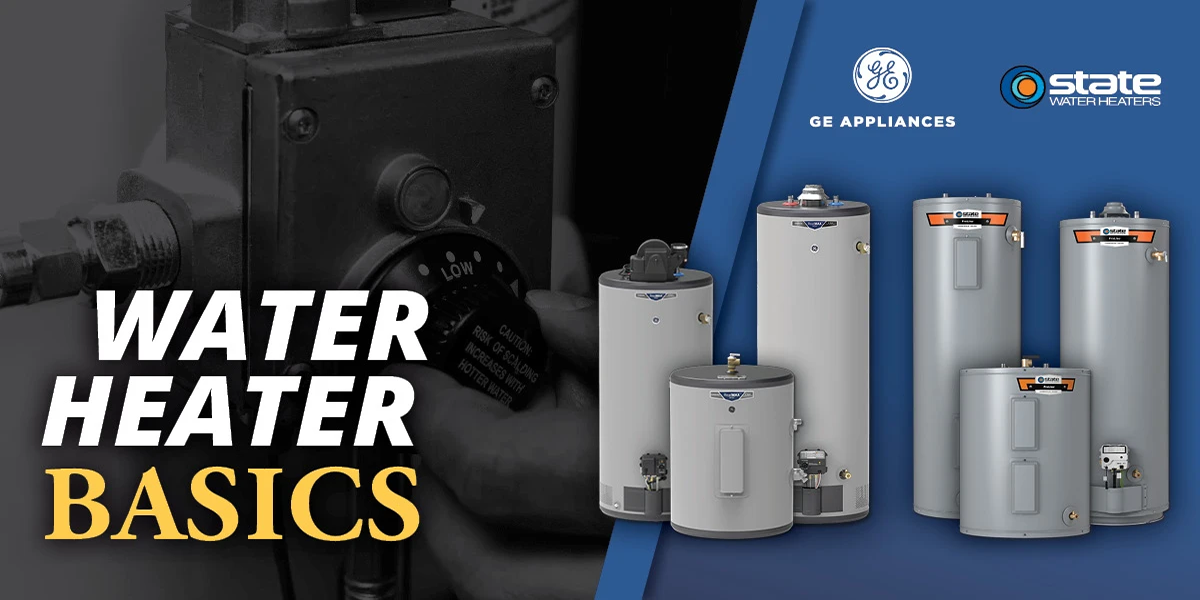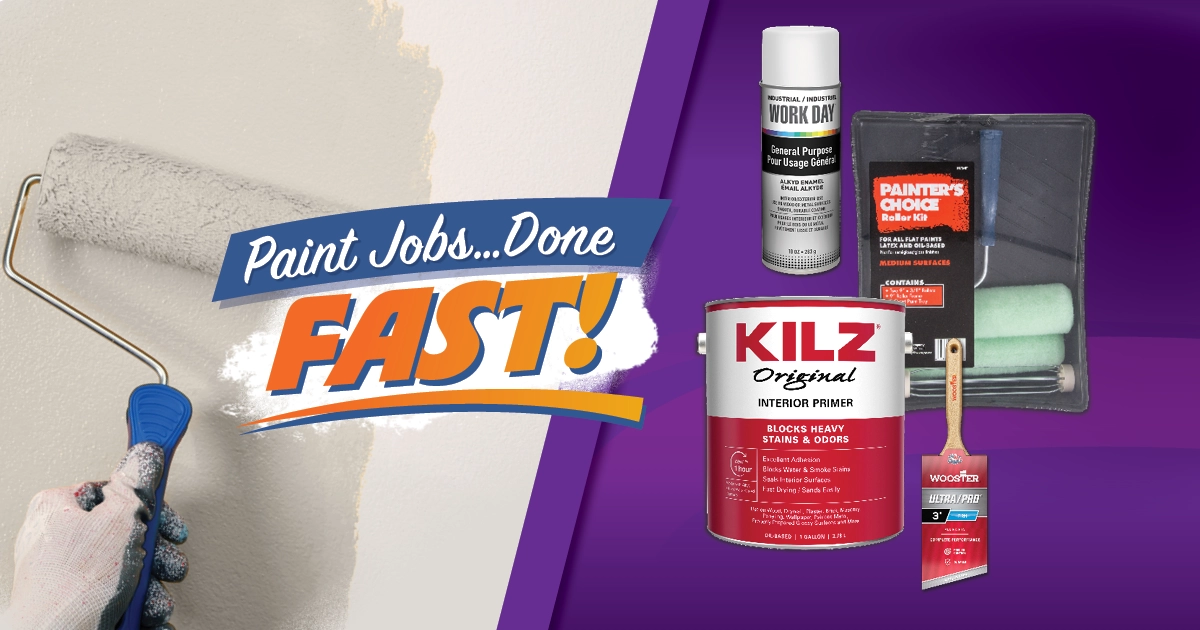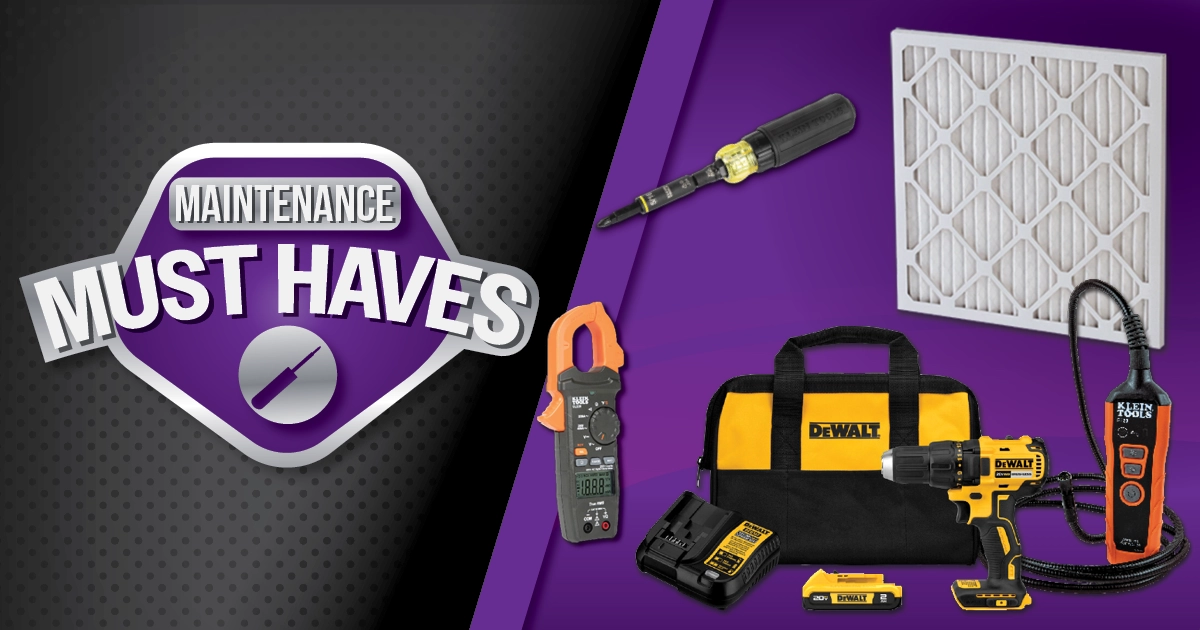4 Easy Steps to Keep Pools Clear All Year
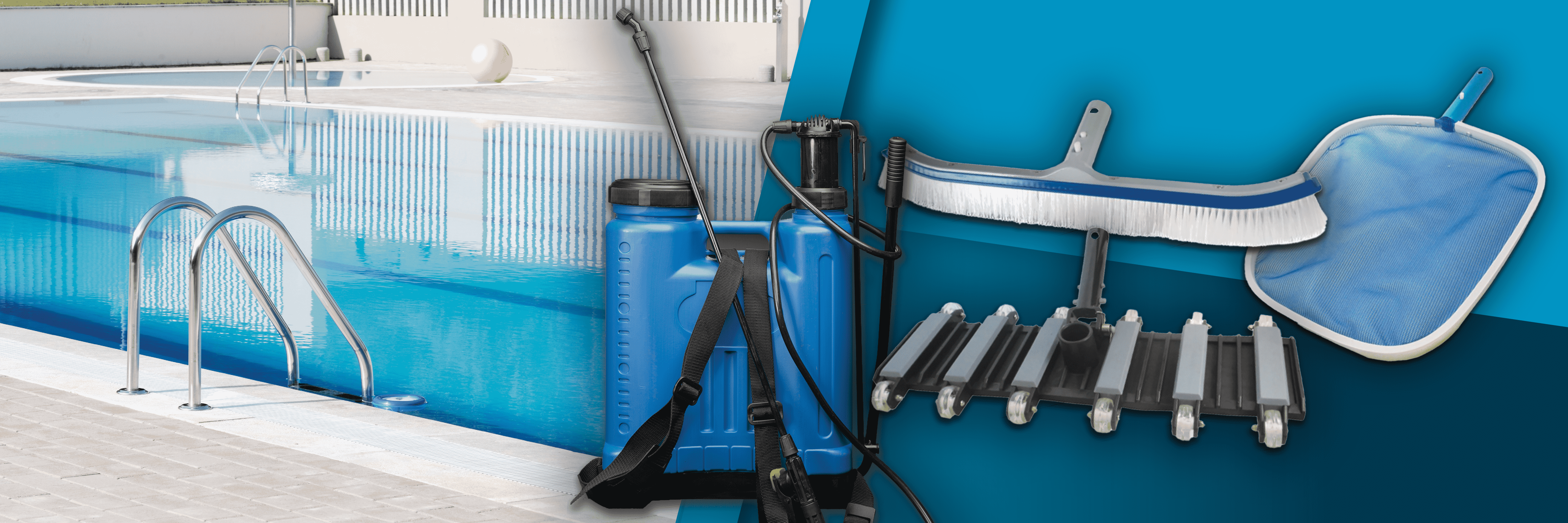
Maintaining a clean, safe, and inviting community pool is not a one-and-done project. It requires dedicated, daily maintenance to produce that beautiful, inviting blue water. This article breaks down the four basic steps involved in effective daily pool management and includes an easy-to-follow pool maintenance checklist, so nothing gets missed.
All swimming pools require regular maintenance. High-use amenities, like pools at multifamily communities, need daily care to keep them clean and safe for residents. Daily pool maintenance will help prevent many common community pool issues including cloudy or discolored water, algae, or bacterial growth. If you are not performing regular, daily pool upkeep, you will find yourself facing bigger, more expensive problems soon.
While community pools require daily maintenance, that doesn’t mean apartment pool care needs to be difficult or frustrating. Keeping a community pool looking clean and inviting is all about the right equipment, properly balanced chemistry, and making sure each of the following is reviewed and confirmed every day:

With the right tools and know-how, you can get the four-step daily maintenance done quickly and accurately. Following this routine will keep the pool looking right and catch small issues before they become big problems.
STEP 1 – Inspect the pool deck and common areas
The goal here is to ensure a safe, inviting place for residents to come and enjoy*. Be sure to check:
- The fence and safety gate for proper operation
- That all deck furniture is clean and in good condition
- Changing room or other related facilities are clean, sanitized, and ready for guests
- Handrails, ladders, and other ways in and out of the pool are safe and sturdy
- Drain cover is fitted properly and not cracked and deck drains, as well as the inlet and outlet fittings are all operating properly
Once you have completed the visual check, sweep, rinse, and sanitize the deck and chairs. Doublecheck all safety equipment, make sure that’s in the right place, and move on to the next step.
STEP 2 – Clean the pool
Now that the deck and surround are looking right, it’s time to make sure the pool is ready for residents. You will test the water soon, but first make sure it looks clean.
- Using a pole skimmer, remove any debris (leaves, bugs, trash, etc.) from the pool. This helps the pool look clean and reduces the chances of a clog in the filtration system.
- Check the walls for stains or algae; brush sides as needed to remove dirt and algae, scrub the scum line to prevent buildup.
- Vacuum the pool as needed; clean the vacuum after use
- Empty and clean the skimmer baskets or gutters
Pool Safety Tip
Know and use proper protocol for reporting complaints or injuries. Keep a log of these incidents for the protection of the residents, staff, and property.
These items make pool and deck cleaning easier:
Now that the pool water looks clean, it’s time to ensure that all the equipment is working correctly.
STEP 3 – Check water levels and pump function
If there is too much or too little water in the pool, the pump and filtration systems will not operate properly.
- Too much water can cause the filtration system to be less efficient, leading to a dirtier pool that requires more frequent cleaning.
- Too little water will draw air into the filter, which can cause the motor to be overworked or to burn out.
- Improper water levels can also lead to problems like discoloration, algae blooms, cloudy water, stains, and skin or eye irritation.
- If your pool has a skimmer hatch, ensure that the water level is about halfway up the hatch. On hotter days, consider filling the pool until the level covers about three-quarters of the hatch opening. Do not allow the water level to get less than a third of the way up that opening.
Clogs, restrictions, or mechanical issues may also cause insufficient water flow. Checking the Flow Rate and Turnover Rate can help to ensure proper circulation and filtration.
- Flow rate (FR) measures how many gallons of water move through the system per minute.
- Turnover rate (TR) measures the time it takes to move the entire volume of the pool through the filtration system back into the pool.
Click on Flow Rate Calculator to learn more about flow rates, see rates for many different pool sizes, and calculate your pool’s flow rate.
If the water is not flowing at proper rates, troubleshoot for a possible obstruction or mechanical problem.
- Check and, if needed, clean the hair/lint strainer at the pump and skimmers.
- Check the filter, which may need to be cleaned or replaced; media may also need replacing.
- Check the pump impeller for blockage or damage.
- Check the Jandy values before the pump for obstructions.
- Any significant rise in pump pressure could signal a clog; this should be addressed immediately.
For further flow rate troubleshooting, or if the water appears discolored even after treatment, refer to the Pool Problem Solver. If everything looks right and is flowing properly, move on to the next step.
STEP 4 – Test the water chemical balance
Maintaining the right balance of sanitizer, stabilizer, pH chemicals, and alkalinity chemicals is vital to the safe operation of a clean, inviting community pool. If the chemicals are out of balance, this can lead to several problems:
- Eye and skin irritation
- Bacteria and other microorganisms that can cause rashes, and other serious health issues
- Discoloration and damage to pool surfaces and equipment, increasing long-terms maintenance and repair costs
Performing daily water tests will help prevent these problems and protect the beauty and water quality of the pool.
- Measure and log the water temperature as this will affect pool chemical effectiveness.
- If equipped, check the chemical reservoir.
- Test the water using a complete test kit and record the results.
- Adjust pH and sanitizer levels as needed.
Check this again before closing the pool for the day. Log the results to track chemical use. For easy-to-follow videos on pool chemistry, information about the best chemicals, worksheets, and how to perform pool chemistry tests, check out Chadwell Supply’s Pool Product Knowledge page.
BONUS TIP
As you are performing daily maintenance, be sure to have a way to log any necessary repair work that needs to be done, as well as a simple, consistent way to communicate what you find to the right supervisor.
For more tips and a step-by-step checklist of how to open and close a pool for the day, check out this Daily Pool Maintenance Checklist.
*Consult local bathing codes and other related regulations to ensure compliance with all rules.
NOTE: Thank you to Chadwell Supply maintenance expert and corporate trainer, Mark Vanderhoof, for his practical advice and insight. If you or your team needs CPO certification or training, be sure to check out Chadwell University for information

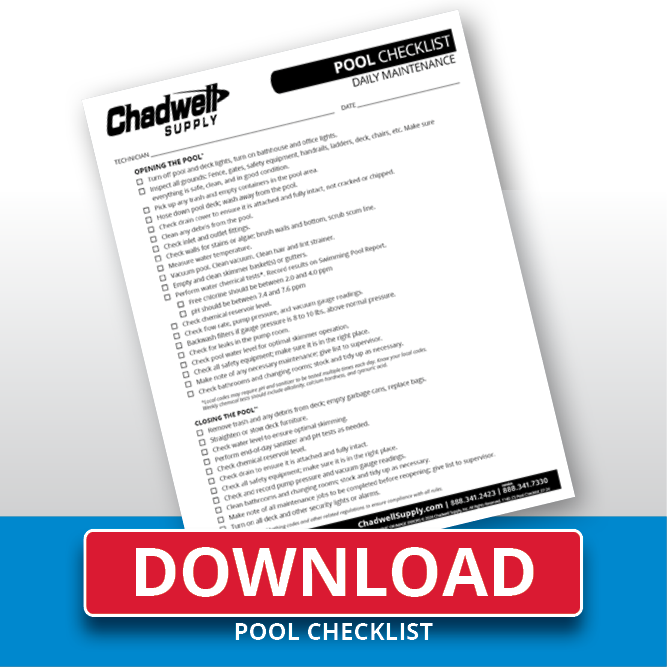

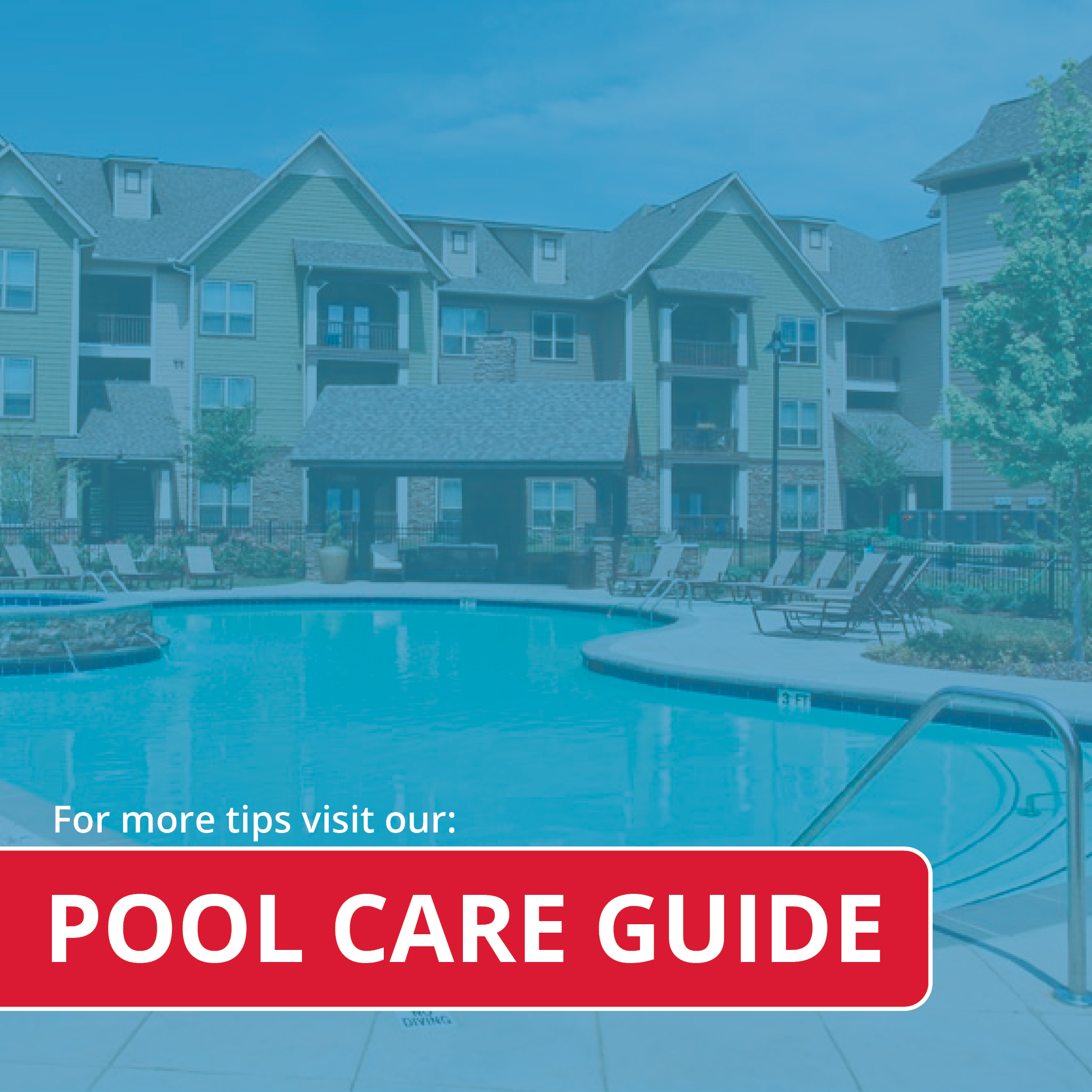
 ALUMINUM POOL LEAF SKIMMER
ALUMINUM POOL LEAF SKIMMER
 18" FLOOR & WALL POOL BRUSH
18" FLOOR & WALL POOL BRUSH
 19" PRO-WIDE BODY POOL VACUUM
19" PRO-WIDE BODY POOL VACUUM
 POLY TANK BACKPACK SPRAYER - 4 GALLON
POLY TANK BACKPACK SPRAYER - 4 GALLON
